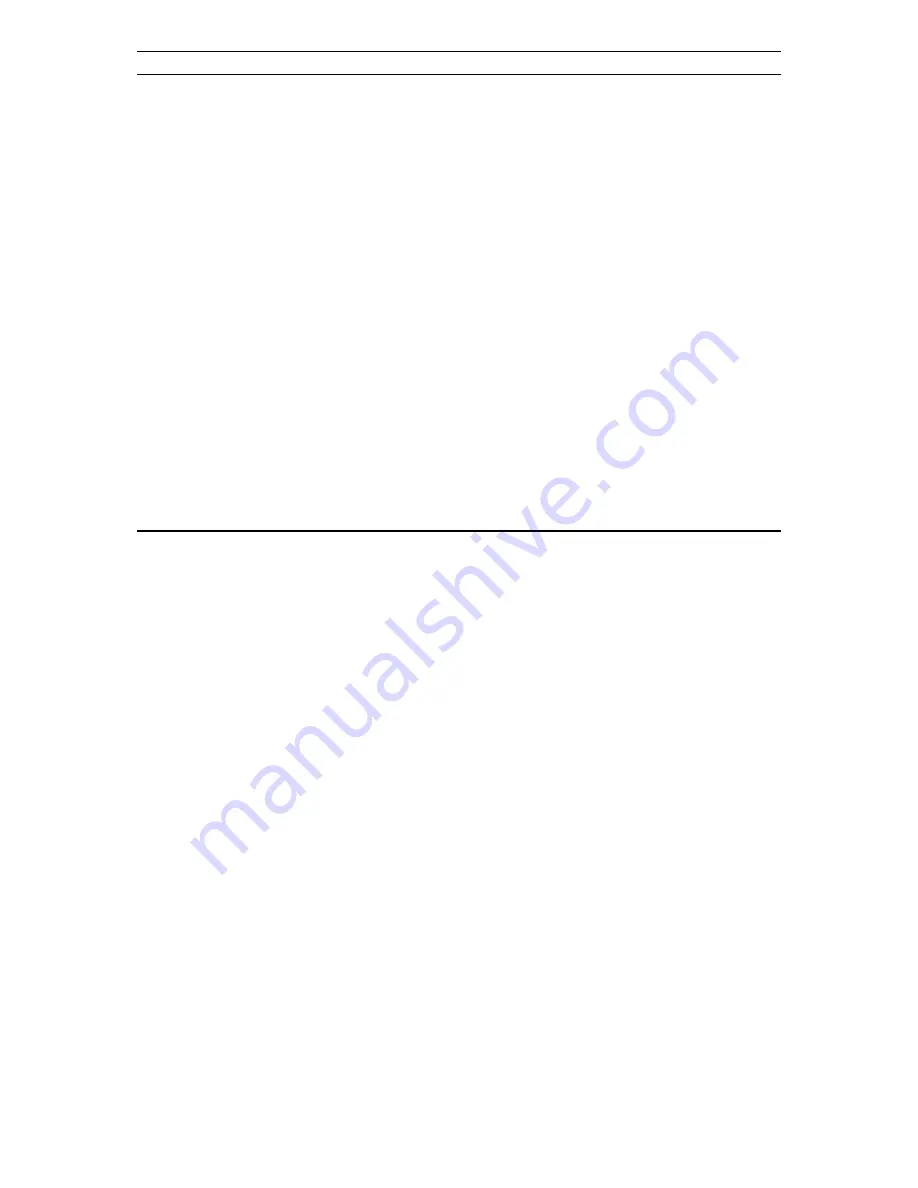
ABEM Terrameter SAS 1000 / SAS 4000
- 24 -
4
POWER SUPPLY
The SAS 4000 is powered by either by a clip-on NiMH (NiCd for older units) battery pack or
by an external 12V source. The SAS 1000 / 4000 consumes around 1000 mA whenever it is
turned on. During current transmission, the consumption can be up to 20 A. For all practical
purposes this implies that the SAS 1000 / 4000 can run up to one working day on the original
power pack, provided the instrument is used for ordinary electrical soundings only and turned
off between soundings, and provided no higher currents than 20 mA are used. In the case of
automatic profiling using the LUND imaging system, involving thousands of readings per
day, it is necessary to use an external (car) battery. The External Battery Connector, EBC,
replaces the NiMH Power Pack, and allows the instrument to be connected directly to an
external 12 V source. The Terrameter SAS 1000 is delivered with this adapter only, and no
NiMH power pack.
The external battery should be of sufficient capacity. Lead acid batteries of type car batteries,
or better gelled/sealed lead-acid batteries that do not leak if turned over, of 25 Ah or higher
can be used. For heavy duty use 60 Ah is recommended.
The battery pack, as well as the External Battery Adapter, clips conveniently onto the bottom
of the instrument.
4.1
BATTERY PACK
Stored batteries lose their charge (self-discharge) gradually, and this takes place more rapidly
at higher ambient temperatures. However, even if a battery loses all of its charge during
storage, satisfactory operation can be restored after one or two charge/discharge cycles.
During storage, batteries should be disconnected from instruments. Batteries can be stored at
ambient temperatures ranging from -40
C to +65
C.
The NiMH battery pack has a capacity of 8 Ah.
Safety precautions
•
DO NOT damage a battery pack or expose it to fire. It may burst or release toxic materials.
•
DO NOT short circuit the battery since this will result in high discharge currents, causing
dangerous heating.
Older battery packs with Ni-Cd battery cells
Since the batteries are sealed you will normally not come into contact with the electrolyte.
You should nonetheless be aware that the electrolyte used in both sealed and vented Ni-Cd
batteries is potassium hydroxide. If you should get it in your eye, even a small amount can
cause serious injury. Immediate flushing with water for 15 minutes plus follow-up medical
attention is absolutely necessary. If the electrolyte gets on your skin, use vinegar or some
other mild acid for neutralization.
Finally, it should be remembered that the cadmium in a Ni-Cd battery is a toxic metallic
element that should not be disposed of in the usual way, since it represents a serious threat to
the environment. Follow the rules set up by the local authorities in your country for handling
rechargeable batteries.
















































